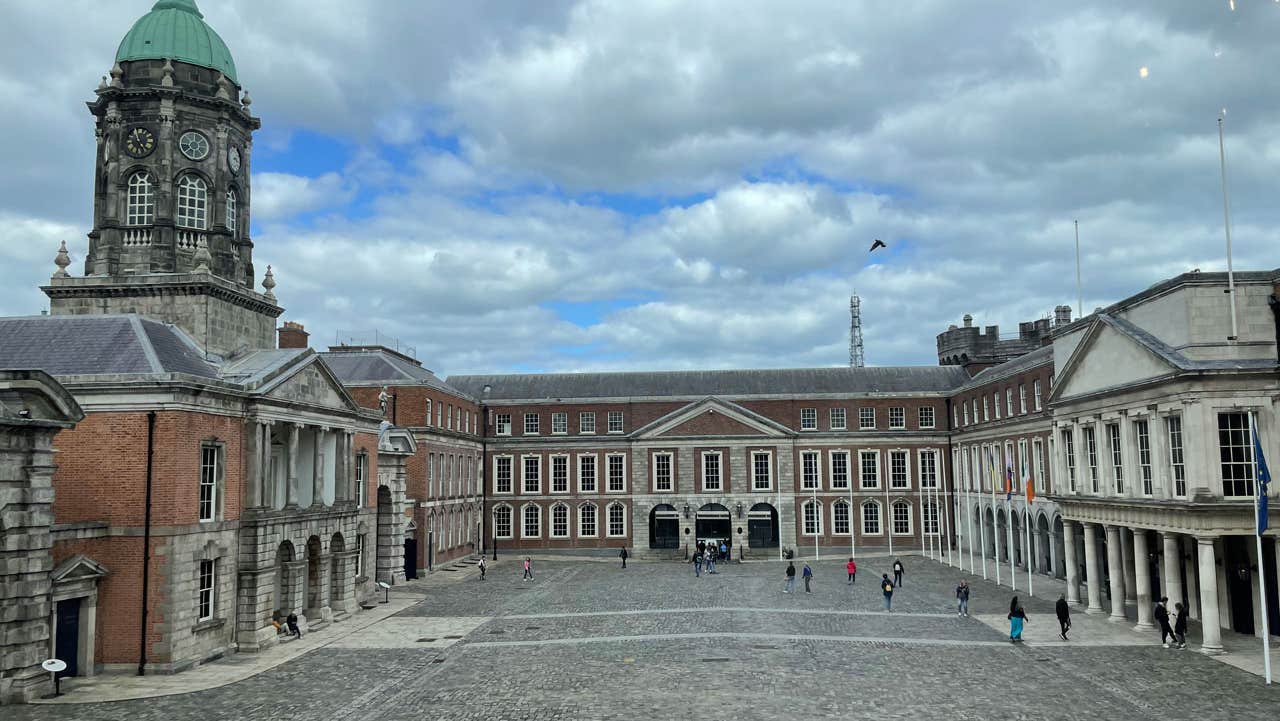Dublin Castle is the heart of historic Dublin. It is one of the most important buildings in Irish history. The city gets its name from the Black Pool - 'Dubh Linn' - which was on the site of the present Castle garden where the River Liffey met the River Poddle. The original fortification may have been an early Gaelic Ring Fort. Later a Viking Fortress stood on this site. From 1204 until 1922 it was the seat of English, then British rule in Ireland.
After a fire in 1684 destroyed much of the Medieval Castle, the magnificent State Apartments were built as the residential quarters of the Viceregal court. They are now the venue for presidential inaugurations, official state visits, state functions, exhibitions and other events . The State Apartments may be explored by guided tour or self-guided. Brochures are available in 17 languages. Paintings are a particular strength of the Dublin Castle collection, but it is also rich in sculpture, furniture, clocks, china, glassware, prints, tapestries, stained glass and textiles from the 17th century to the present day. On occasion, the State Apartments may be closed for official purposes.
The Tower and Medieval Undercroft' remain from the original 13th century Castle. The Tower is not currently open to visitors but offers great photo opportunities and adjoins the Chapel Royal. The Medieval Undercroft excavations and the Chapel Royal are only available to visit on a guided tour, which is very interesting.
The Dublin Gardens on the South side of the Chapel Royal are very popular with visitors and residents. You will find a lawn, interesting sculptures and a ‘four seasons’ garden with four smaller gardens beyond. The Garda Memorial garden is a tribute to the Irish police who lost their lives on duty.
The Terrace Café is situated in the State Apartments on the ground floor overlooking the Castle Gardens, open Monday to Sunday. You will also find a gift shop on site.

